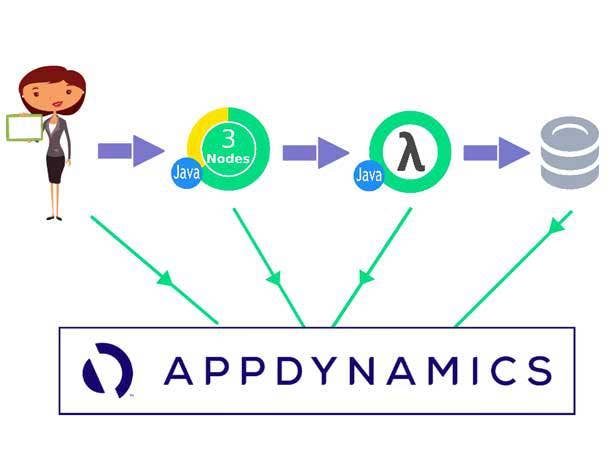Cisco's AppDynamics Injects Greater Visibility, Insight Into Application Monitoring

Cisco Systems' application performance monitoring software arm, AppDynamics, wants to connect network visibility and insight to action for partners and end customers.
AppDynamics unveiled its Central Nervous System for IT Wednesday, a strategy that will combine network visibility, data and automated actions across every technology environment that an enterprise might have, including applications, cloud or premises-based infrastructure, and the network. To that end, the San Francisco-based company unveiled three new features aimed at boosting visibility and insight for users: Cognition Engine, Serverless Agent for AWS Lambda, and AppDynamics for ACI.
Matt Chotin, senior director of technology strategy for AppDynamics, said that the company already is providing deep application visibility, but its latest offering, Serverless Agent for AWS Lambda, will help extend that visibility to serverless functions. Serverless Agent for AWS Lambda will let businesses monitor and manage Lambda functions just as they would for any other application. The offering will give users a better view into end customer impact and business metrics, according to AppDynamics.
[Related: Cisco's AppDynamics Aims For Midmarket With New 'Pioneer' Designation]
"Tracking how Lambda functions perform in the broader context of applications has always been incredibly difficult, but it's now something we can support with our solution," Chotin said.
Also on the visibility side is AppDynamics for ACI, which brings together application intelligence from AppDynamics and Cisco's software-defined networking offering, ACI. AppDynamics for ACI is a monitoring offering that provides transaction tracing and correlated data models that can help users zero in on issues in the network that are impacting application performance. This gives the IT team visibility into how network policies impact application performance, something they didn't have access to before, Chotin said.
AppDynamics Cognition Engine, meanwhile, couples AppDynamics’ Business Transaction data model with machine learning. The combination gives users quick access to application performance diagnostics and automated root-cause analysis to help reduce resolution times when anomalies are found.
"IT environments are getting too large and too dynamic to manage manually," Chotin said. "IT really needs to adopt an AIOps mind-set to navigate this challenge—a philosophy that values prediction over reaction, answers over investigation, and action over analysis."
Mike Taylor, CTO of World Wide Technology, a top Cisco partner and AppDynamics partner, said WWT appreciates the customer-centric approach that AppDynamics has taken to application performance monitoring.
WWT is now beta-testing the three latest updates from AppDynamics, Taylor said. "AppDynamics is taking this deep insight and intelligence they already had around app performance to reduce the support costs—and mean time to resolution, frankly—when applications are having issues or when an organization wants to improve their application performance," he added.
Reducing the human capital needed to troubleshoot and remediate issues is something that every business is searching for right now, Taylor said.
"We're most excited about the ability to provide automated responses into an architecture to fix the problem, versus relying on a person to execute a command. Cutting down on remediation time is really building on the promise of what [WWT] is doing," he said.
Cisco purchased AppDynamics, an application performance management and IT analytics company, in 2017 for $3.7 billion. Since then, the company has rapidly expanded the channel portion of its business, AppDynamics' Chotin said.
While AppDynamics covered visibility and insight in its latest release, the company is working closely with partners, including WWT, on its "action" pillar. "We've been working with partners to build things like incident response, event correlation and workload optimization," Chotin said.